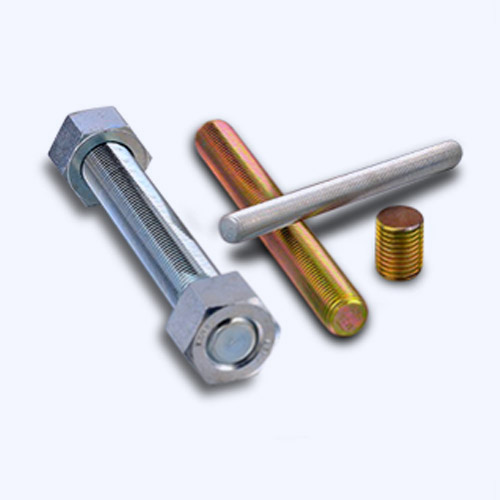Nov . 19, 2024 01:52 Back to list
anchor bolt diameter
Understanding Anchor Bolt Diameter Importance and Considerations
Anchor bolts are crucial components in construction and engineering applications. They serve to secure structural elements to concrete foundations, ensuring stability and load distribution for buildings, bridges, and various infrastructures. Among the various specifications of anchor bolts, the diameter is a key factor that can significantly influence the performance and safety of the structures they support. This article aims to unravel the importance of anchor bolt diameter and the considerations involved in selecting the right size.
The Role of Anchor Bolt Diameter
The diameter of an anchor bolt directly affects its load-carrying capacity. A bolt’s diameter must be sufficient to withstand the forces exerted upon it, including tension, shear, and torsion. The greater the diameter, the higher the load capacity of the bolt. This is critical in applications subject to high stresses, such as machinery mountings, where vibrations and dynamic loads can be prevalent.
Moreover, the diameter of the anchor bolt is also related to the type of concrete in which it is embedded. Narrower bolts might be adequate for light loads in good-quality concrete, while larger diameters might be necessary for heavy loads, especially in cases of poor soil conditions or when dealing with multiple load scenarios.
Factors Influencing Diameter Selection
Several factors must be considered when selecting the appropriate diameter for anchor bolts
1. Load Requirements Understanding the types and magnitudes of loads that the anchor bolt will encounter is crucial. Static loads are different from dynamic loads; thus, engineers must account for the maximum load scenarios to prevent failure.
anchor bolt diameter

2. Concrete Strength The compressive strength of the concrete dictates how much load the anchor bolt can safely handle. The interaction between the bolt and the concrete must be analyzed to prevent issues such as pull-out failure.
3. Environmental Conditions Corrosive environments can affect the anchor bolt material and its diameter. In corrosive conditions, larger bolts might be required for the same load to ensure long-term performance without degradation.
4. Building Codes and Standards Local building codes often specify minimum diameters for anchor bolts based on the applications, materials, and load types expected. Compliance with these codes is essential for safety and legal regulations.
5. Anchor Type Different types of anchor systems (expansion anchors, adhesive anchors, etc.) have specific requirements for diameter. It's important to match the diameter with the anchor type for optimal performance.
Conclusion
In conclusion, the diameter of anchor bolts is a critical aspect that significantly influences the safety and durability of any structure they are part of. Engineers must carefully calculate and select the appropriate diameter based on a thorough understanding of the load requirements, concrete conditions, environmental factors, and relevant building codes. A well-chosen anchor bolt diameter not only extends the life of the structure but also ensures the safety of its occupants.
As construction techniques and materials continue to advance, understanding the role of anchor bolt diameter will remain essential for engineers and builders alike. The selection process might involve complex calculations and decisions, but it is a small price to pay for the reliability and security of architectural and civil engineering projects. Proper attention to detail in selecting the right diameter can make a significant difference in the overall success of a construction endeavor.


